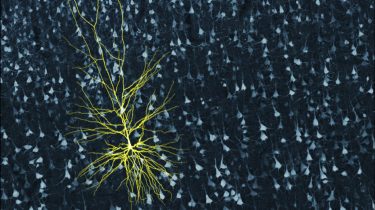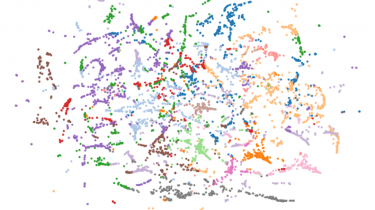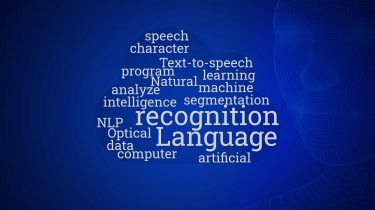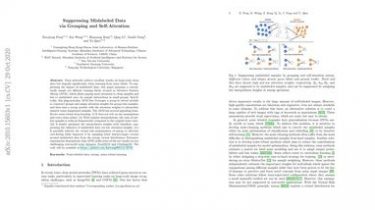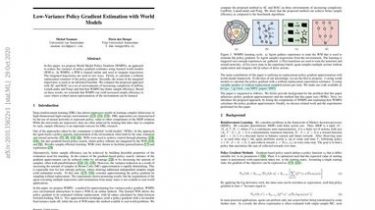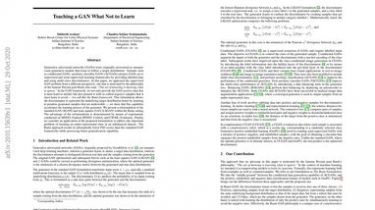An NLP Approach to Mining Online Reviews using Topic Modeling (with Python codes)
Introduction E-commerce has revolutionized the way we shop. That phone you’ve been saving up to buy for months? It’s just a search and a few clicks away. Items are delivered within a matter of days (sometimes even the next day!). For online retailers, there are no constraints related to inventory management or space management They can sell as many different products as they want. Brick and mortar stores can keep only a limited number of products due to the finite space […]
Read more


